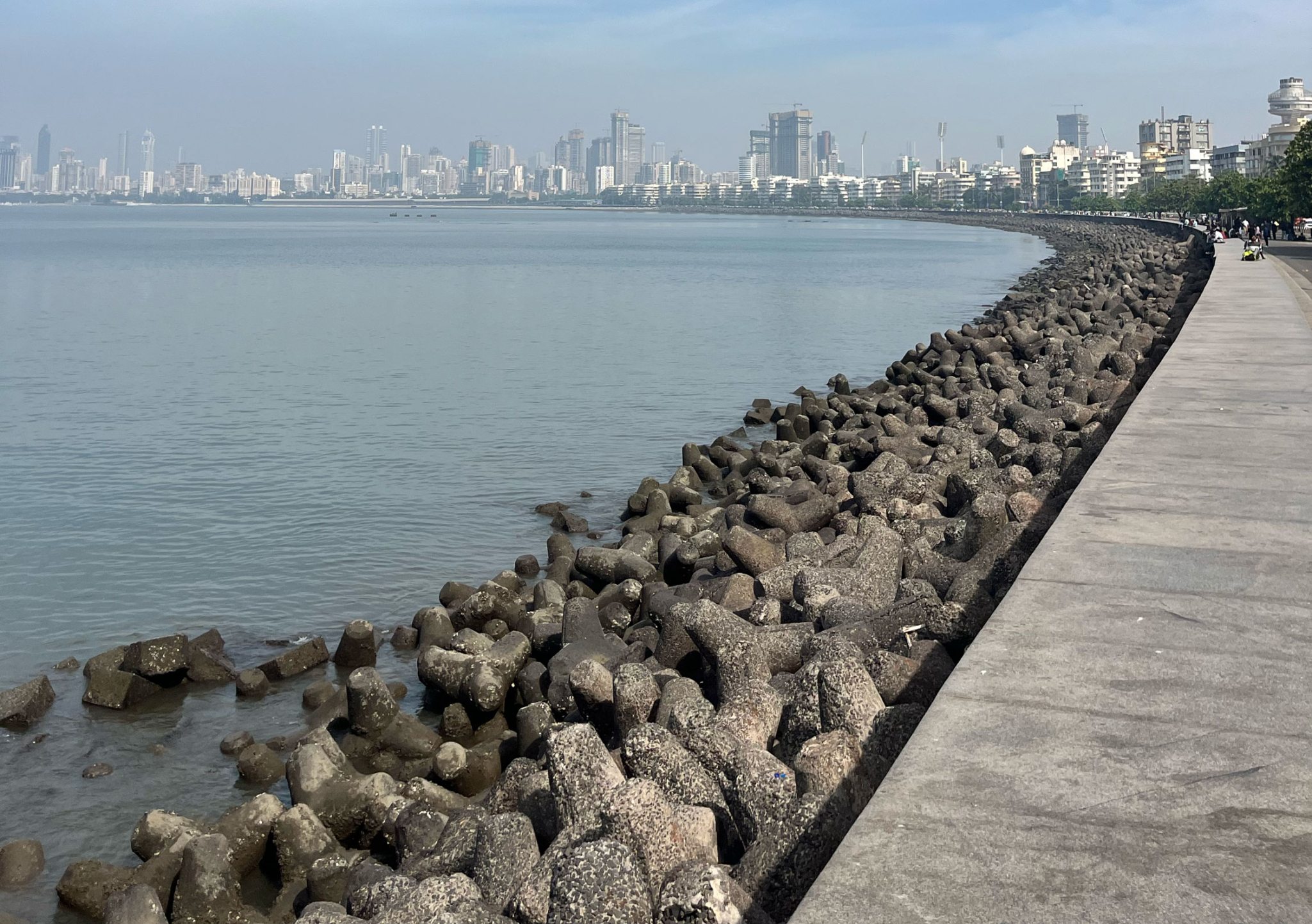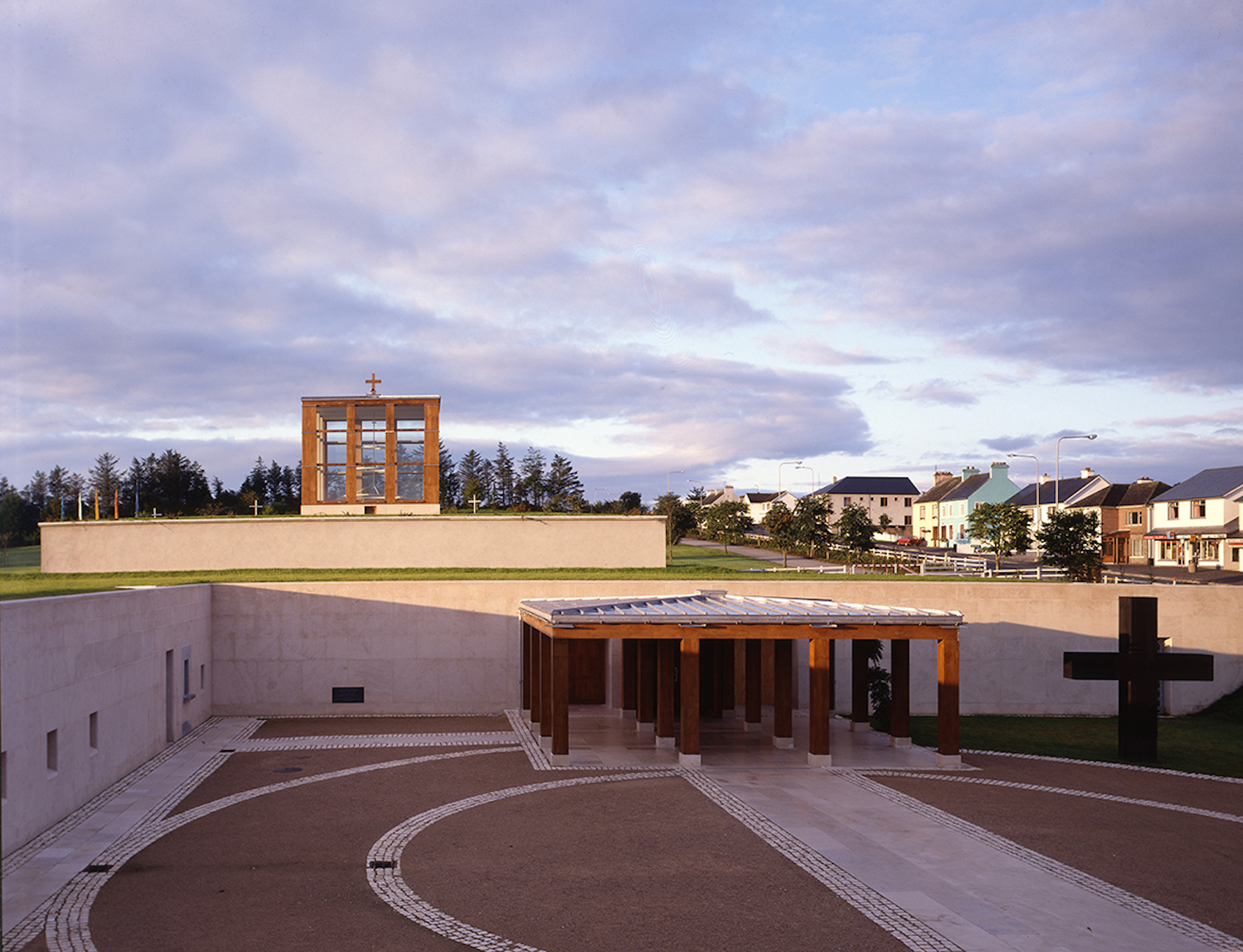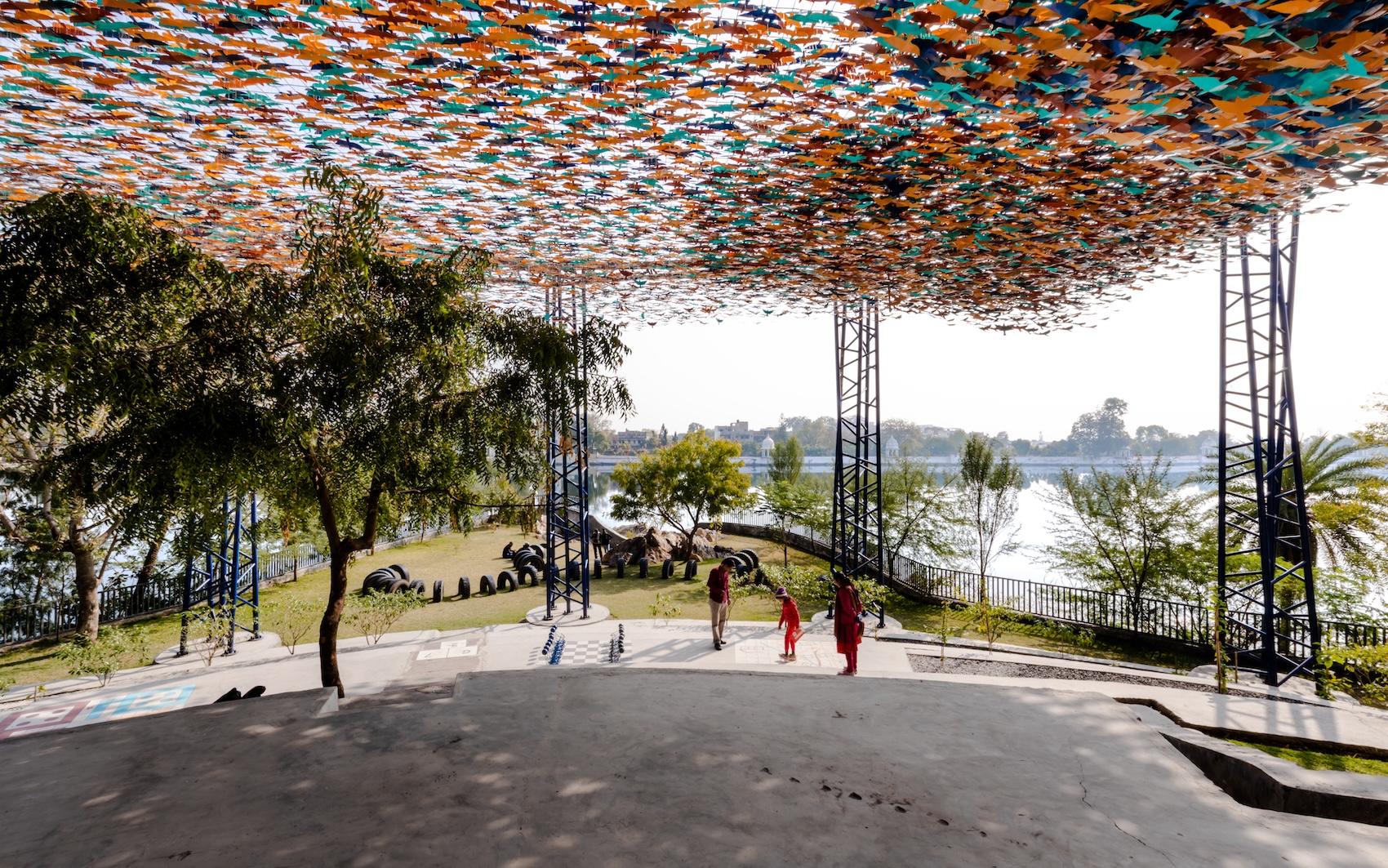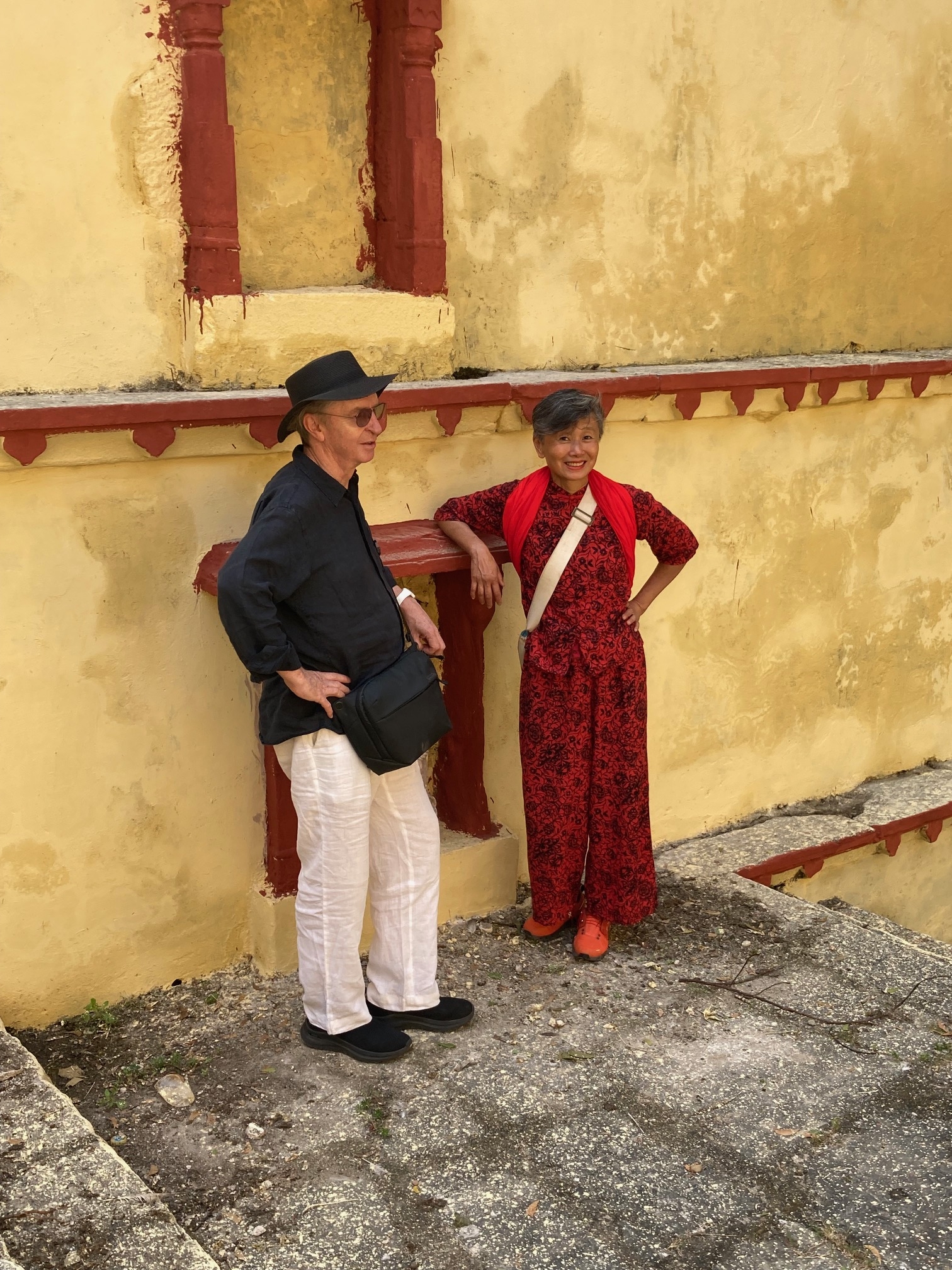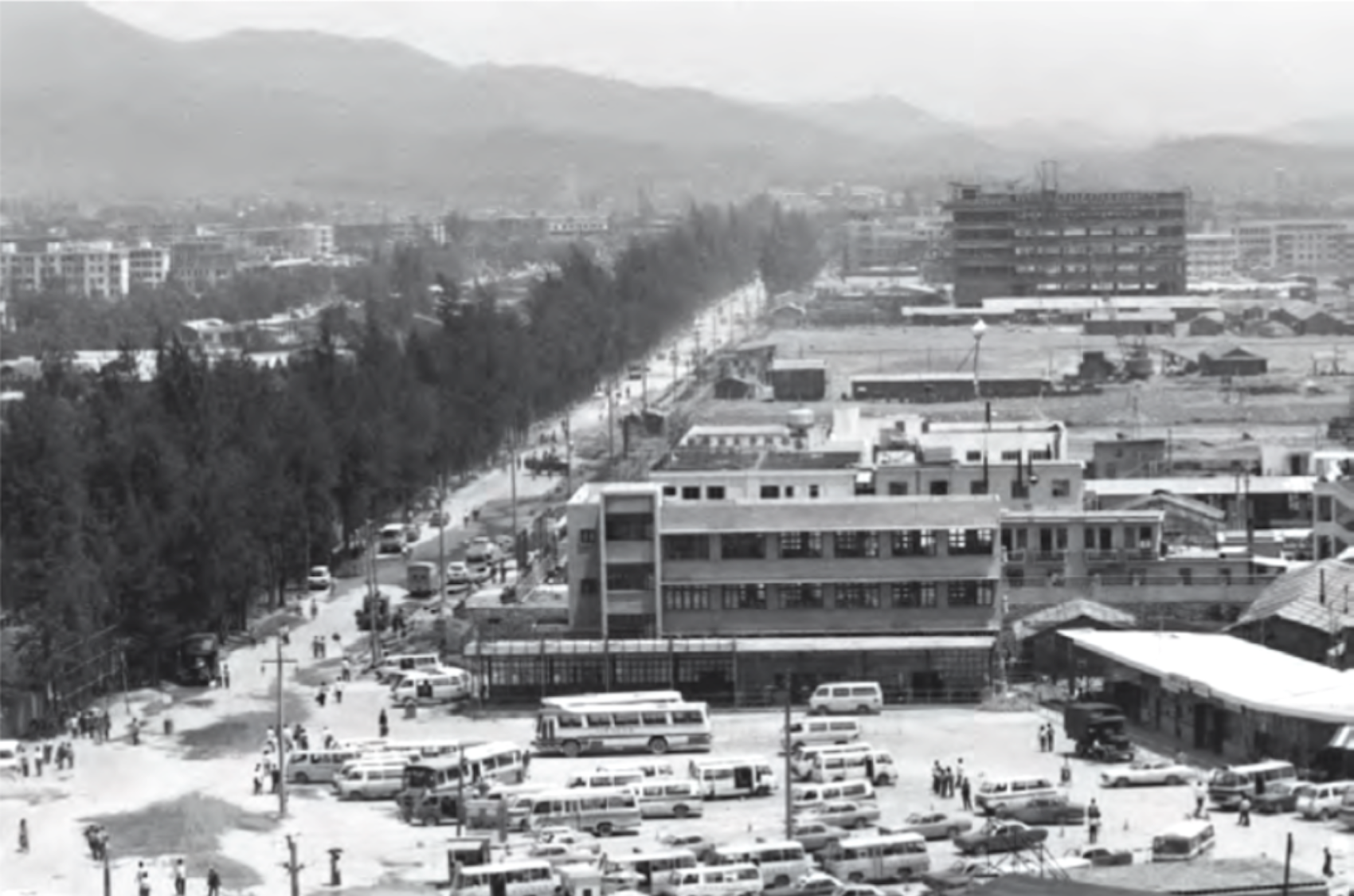
Photo: Hans Gedda
Gothenberg – by Gert Wingårdh, Swedish architect in practice for 30 years in Gothenburg, and subject of a new monograph published by Birkhäuser.
When Denmark controlled the approaches to the Baltic and the Nordic countries, the taxes put on maritime trade as it ventured through the straits provided the principal income for the Danish king. Sweden dominated Finland, as well as some of the Baltic states, but it always felt bitter when it came to pay the tolls. The soft belly of the then combined kingdom of Denmark-Norway was where the great Göta Älv river reached the sea. The strategic point where it splits into two, a few miles upstream, has been heavily fortified since early times. Although the fortress was strong, it was a long distance from the more populous areas of Denmark-Norway, and the rising military power of Sweden in the early seventeenth century made it possible to conquer this strategic point and push a wedge of power along the southern, shorter branch of the river. Close to the mouth were several cities founded and uprooted and destroyed by the Danes. Not until 1621 was the town that was to become Gothenburg firmly established and earning its rights as a city – the burgh (donjon) of the land of the Goths.
Our office is very close to the remaining stonework fortification of the seventeenth-century bastions. We like to spend lunchtimes in spring sitting on top of the castle wall, enjoying freshly-boiled shrimps. The office, on the sixth floor of an early nineteenth century domestic building, commands a fine view of this mostly low-rise city. Dutch engineers drained the marshes, designed the channels in imitation of Amsterdam and created the star-shaped bastions that line the inner city ring road.
Sweden never lost Gothenburg to the Danes. Militarised, it always remained a very strong part of Sweden, allowing trade to enter into the core of the peninsula. In the eighteenth century, the thriving trade with the Far East made some citizens very wealthy and some of the trading firms and traditions still remain. In the nineteenth century Gothenburg established close ties with Britain and within Sweden it was known fondly as ‘Little London’.
The city underwent big changes in the late twentieth century as most of the wharfs were shut down and the city’s economy shifted from heavy industry to a centre of learning and communication. As Scandinavia’s biggest container port, most goods entering both Sweden and Norway pass through the city. Most of the lorries bound for Norway pass just a few kilometres from the centre of downtown Gothenburg. Local politicans are fighting for resources to build new bridges and tunnels across the river. Today there are only four options, each spaced some three kilometres apart – London, in contrast, offers a crossing on average every 700 metres.
But the beauty of Gothenburg lies in the proximity of everything. A brisk 15-minute walk takes you to the main stadium, the fair and the amusement park. The university has new facilities right in the centre, making for lively street life and lots of reasonably priced restaurants. A shuttle ferry connects the new learning centre that is growing among the remaining wharfs across the river. The industrialised northern shore is becoming integrated with the southern, more affluent part. The problems are in the east where late 1960s housing schemes provide homes for the huge influx of immigrants – Sweden admits more people from Iraq than any other European country.
There are buildings under construction in every direction, the results of a boom that has lasted more than 10 years. But you will see no high-rises. The skyline remains much the same as it was in the nineteenth century, with a maximum building height of around 20 metres. New buildings get considerable attention in the local media – architecture really seems to help sell papers.
For me Gothenburg’s most memorable urban space is the Götaplatsen, a square dominated by the Museum of Art, an impregnable brick wall of Roman arches from 1923, and flanked by the 1934 art deco City Theatre and the magnificient Concert Hall, completed in 1935 by Nils Einar Ericsson, a prolific local architect whose work is of the highest standard. I get to experience Götaplatsen most days, as it also happens to contain my favourite restaurant – this intimacy is at the core of life in Gothenburg.
AT188p104




